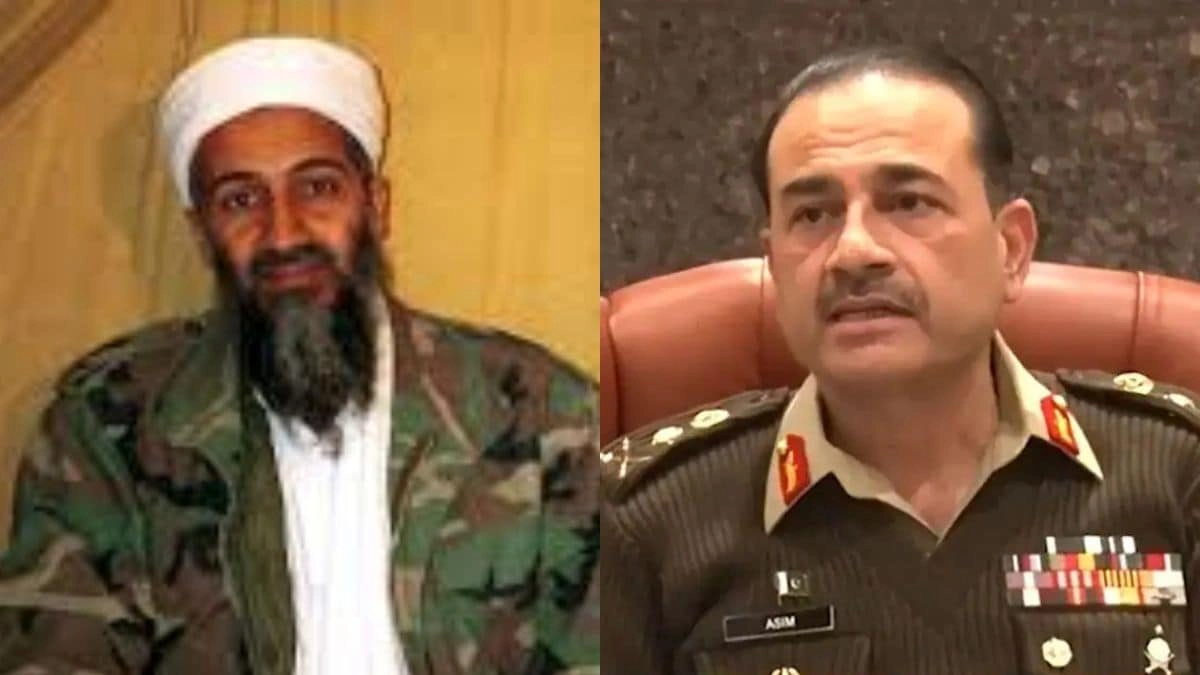A former U.S. official has made headlines with a pointed critique of Pakistan in the wake of a recent attack in Jammu and Kashmir. The phrase “You can put lipstick on a pig, but it’s still a pig” was used to underscore the notion that no matter how Pakistan attempts to present itself on the international stage, its underlying issues and actions remain unchanged. This remark highlights the long-standing tensions in the region, particularly regarding Pakistan’s involvement in supporting militant activities that destabilize Jammu and Kashmir.
The attack in question has reignited discussions surrounding Pakistan’s role in fostering unrest in India, especially in the context of Kashmir, which has been a flashpoint for conflict between the two nations for decades. The former U.S. official emphasized that while Pakistan may endeavor to project a more favorable image or deny its complicity in cross-border terrorism, the reality of its actions speaks volumes. The metaphor of putting lipstick on a pig suggests that superficial changes or attempts at rebranding cannot mask the fundamental problems that persist, including the support for terrorism and the lack of genuine efforts toward peace in the region.
This commentary also serves to remind the international community of the need for a more critical examination of Pakistan’s policies and actions. While diplomatic relations and dialogues are essential, they should not come at the cost of ignoring the facts on the ground. The U.S. official’s remarks call for a more robust approach to addressing the complexities of the Kashmir issue and the broader implications of Pakistan’s actions. The situation demands a nuanced understanding, where accountability and transparency are prioritized to foster genuine stability and peace in South Asia.
In essence, the critique encapsulates a growing frustration with the status quo and a call to action for both regional actors and international stakeholders. The hope is that by shedding light on these realities, there can be a concerted effort to address the underlying issues that fuel conflict, rather than merely addressing the symptoms. The ultimate goal would be to create a conducive environment for dialogue and cooperation that transcends the historical grievances and lays the groundwork for a more peaceful future.




